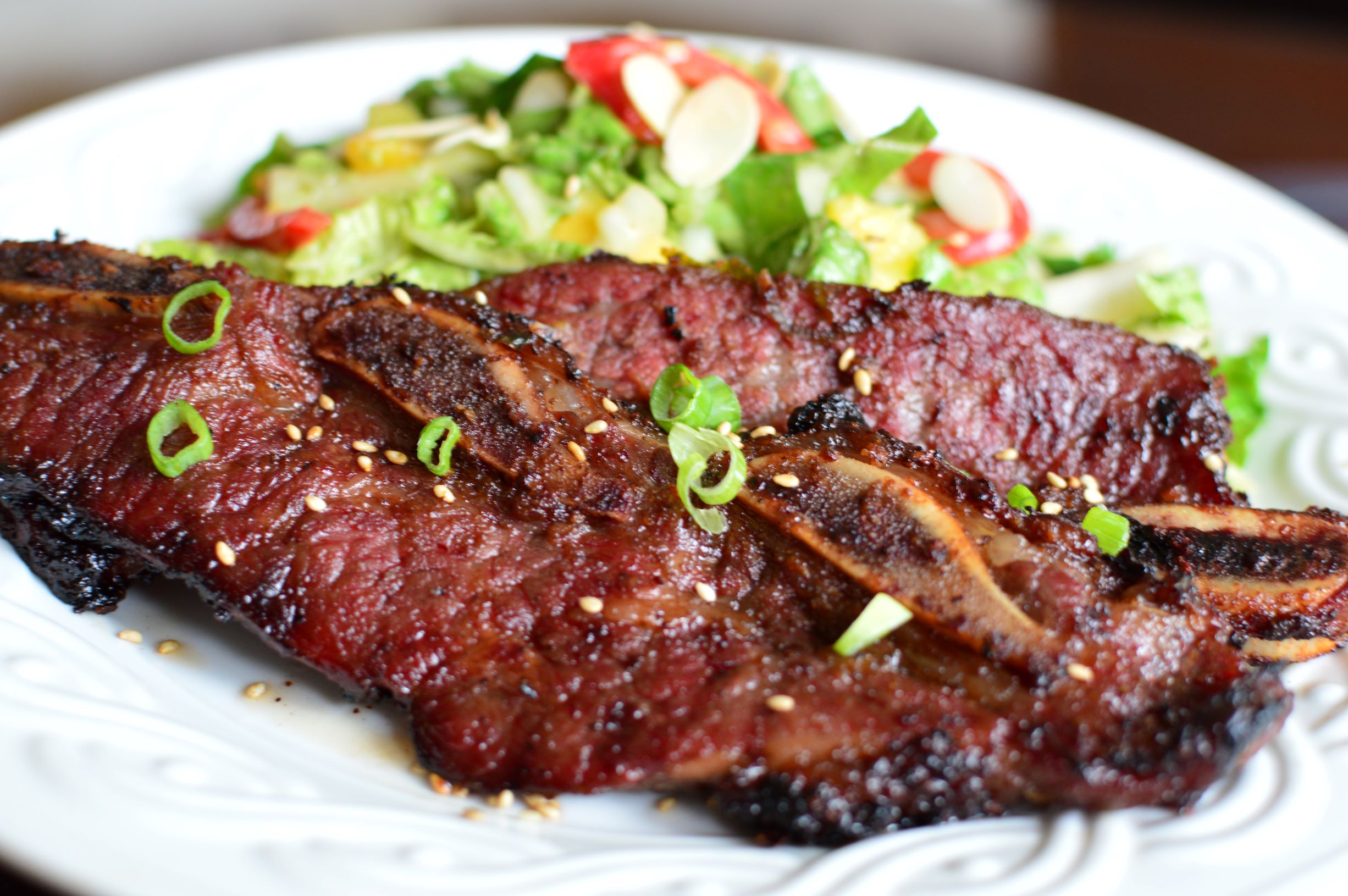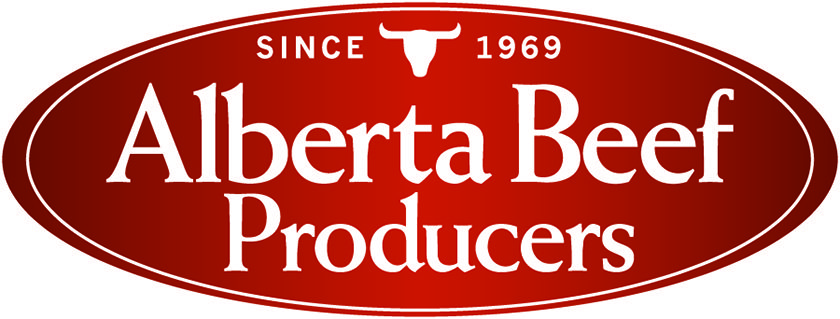Beef Myths – True or False?

What fishy facts or beef myths are out there? Are they real? Read on!
Myth: The left brisket is more tender than the right brisket
Answer: False! Come on! The brisket muscle is the front shoulder of a cow. Since cows stand on four legs, it seems illogical to wonder if a cow is left or right dominant. How many baseball bats or hockey sticks have you seen a cow handle?
Regardless of left or right dominance, brisket is a hard working muscle with a lot of connective tissue. Tenderness from a brisket comes from breaking down or cooking the collagen than holds the muscle together until it breaks down into gelatin. If you don’t cook the brisket until past well and allow the connective issue to break down; brisket just won’t be tender at all. Next time you’re at a ranch, throw a ball to a cow and see which hoof it raises to catch it.
Myth: Beef has a dangerous amount of hormones.
Answer: False! Hormones are naturally occurring in all plants and animals. Within humans, we naturally produce and utilize hormones for day to day metabolism (triiodothyronine and thyroxine), going to sleep (melatonin), reacting to stress (cortisol and adrenaline). So, it goes to say, beef will also have naturally occurring hormones.
Some farms may use a hormone implant to enhance the production of natural hormones to direct growth away from fat and to the growth of the cow. This is regulated and tested by the Canadian Food Inspection Agency to ensure and monitor our safety.
Myth: Canadian beef contains antibiotics
Answer: Phewph, this is false! While antibiotics have a place in disease prevention and treatment, antibiotics are not applied to Canadian cattle without good reason. The Canadian Food Inspection Agency is extremely aware of antibiotic resistance and monitors, informs, recommends practices and supervises the use of antibiotics. In fact, the Canadian Food Inspection Agency tests for antibiotic residues, just to keep us safe! Alberta Beef Producers has a great summary on their concerns regarding antibiotic use and resistance in cattle.
Myth: Greenhouse gas produced by livestock exceeds the greenhouse gases (GHG) produced by transport activities.
Answer: False! The Food and Agricultural Organization (FAO) of the United Nations indicates that 14.5% of total global greenhouse gases come from livestock. Greenhouse gasses being methane, nitrous oxide and carbon dioxide.
While cow farts are not the greatest smelling (I’m just going to assume this is true – no mythbusting required here), methane is produced from enteric fermentation from ruminants. Simply, this is the digestion of grass and grains that animals (and not humans) are capable are. (Thank goodness, give me a can of beans and its rooty tooty!)
Methane and nitrous oxide is emitted from manure storage and processing. But don’t turn your nose up on this – part of the life cycles is to return the nutrients embedded in the manure back to land and the earth.
Lastly, in greenhouse gas measurement, carbon dioxide and nitirous oxide emissions from feed production and processing are included. Consider the use of fertilizers to feed livestock, deposits of manure, transporting feed to livestock or transport of livestock to market; the assessment of GHG is very encompassing.
Canada emits 28% greenhouse gases via energy transportation and 45% in energy combustion (you like your home heated, right?) versus 2.4% from cattle and 5.6% in the agricultural industry per Alberta Beef Producers.
Thanks to Alberta Beef Producers for assisting to dispel these beef myths! #allforthebeef


Your article helped me a lot, is there any more related content? Thanks! https://accounts.binance.com/en-IN/register-person?ref=UM6SMJM3
I don’t think the title of your article matches the content lol. Just kidding, mainly because I had some doubts after reading the article. https://www.binance.info/sv/join?ref=PORL8W0Z
Thank you for your sharing. I am worried that I lack creative ideas. It is your article that makes me full of hope. Thank you. But, I have a question, can you help me?
Thank you very much for sharing, I learned a lot from your article. Very cool. Thanks.
Can you be more specific about the content of your article? After reading it, I still have some doubts. Hope you can help me.